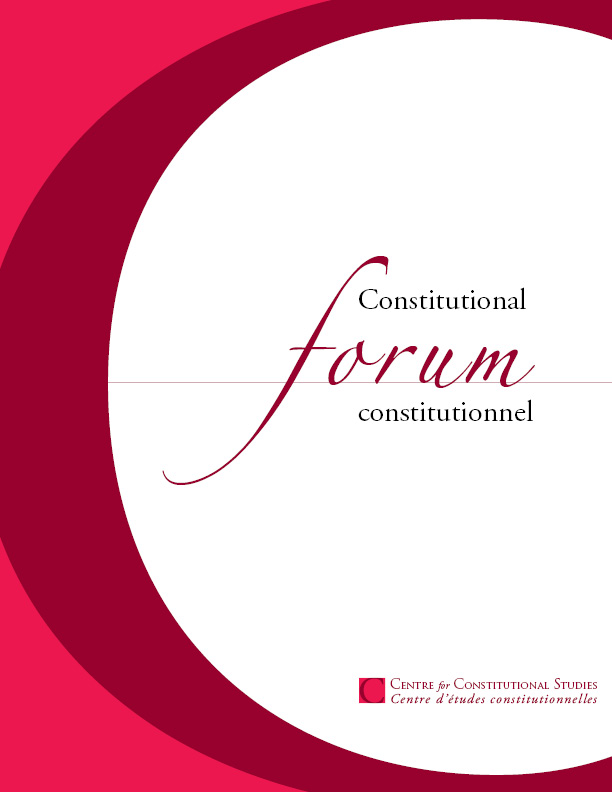Accessible Information and Constitutional Democracy: Who Counts?
DOI:
https://doi.org/10.21991/C9S96GAbstract
Accessible information is an essential resource for equal, meaningful participation in the public life of a democratic society. Such information is particularly vital for the effective functioning of all three branches of government in our constitutional democracy: the administrative branch, which creates government policy and holds state actors accountable to the public; the legislative branch, which scrutinizes old and creates new legislation; and the judicial branch, which reviews the acts of the legislative and executive branches. For the law-reform processes of each branch to effectively foster the informed creation and critique of public law and policy, we require reliable, accessible data depicting the diversity of individuals who make up the broader Canadian public.
Beyond this practical purpose, accessible information plays an expressive role as it constitutes a particular notion of the Canadian public. The data created by national population censuses and assembled in welfare reports has the power to “nominat[e] into existence” certain groups of people and, conversely, to “refus[e] to name” others. Such information not only represents the public, it also creates the public, as it stands in for the public at all levels of government. By communicating who we are as a society and how we are changing, census information and welfare reports shape our understanding of ourselves — our laws, policies, government, and place in the world.
Downloads
Published
Issue
Section
License
Authors who publish with Constitutional Forum constitutionnel grant the journal the right of first publication, and agree to license the work under an Attribution-NonCommercial-NoDerivs (CC BY-NC-ND) that allows others to share the work for non-commercial purposes, with an acknowledgement of the work's authorship and initial publication in this journal, as long as no changes are made to the original work. Please use this format to attribute this work to Constitutional Forum constitutionnel:
"First published as: Title of Article, Contributor, Constitutional Forum constitutionnel Volume/Issue, Copyright © [year], Publisher"





